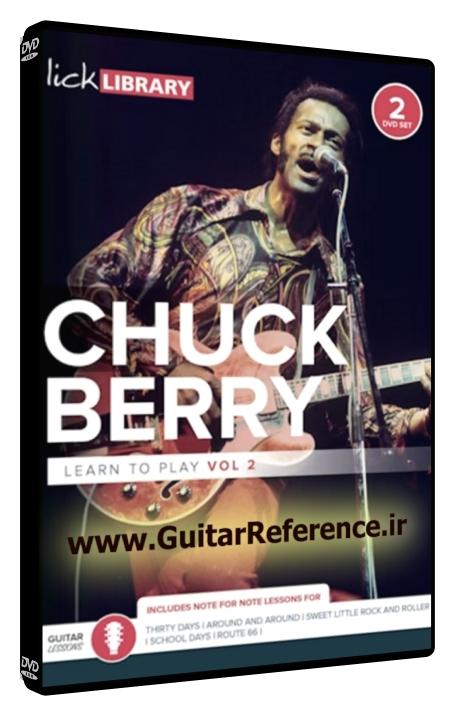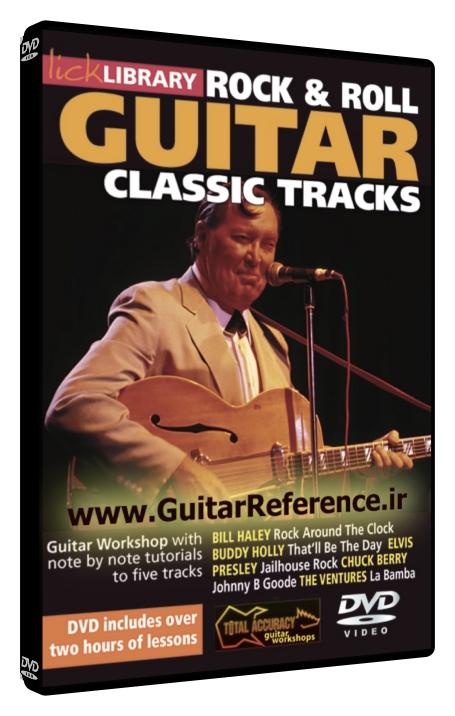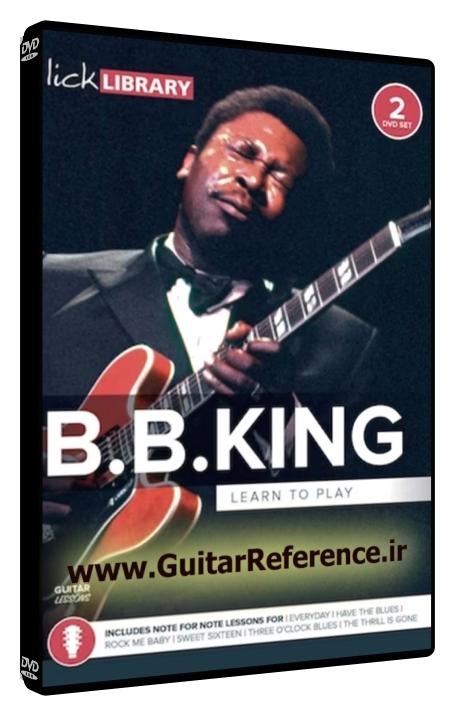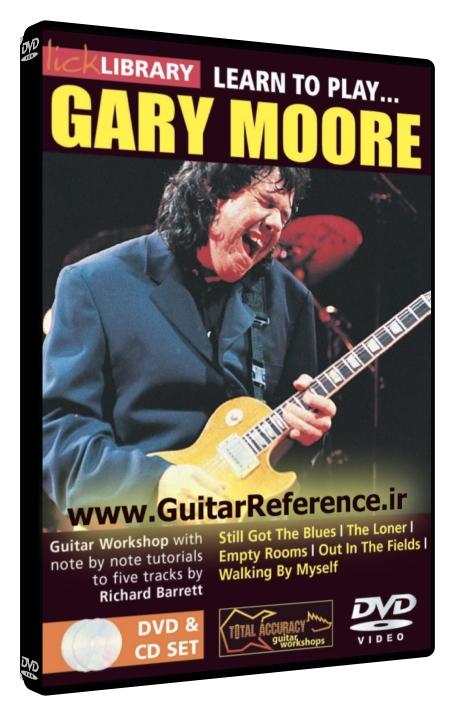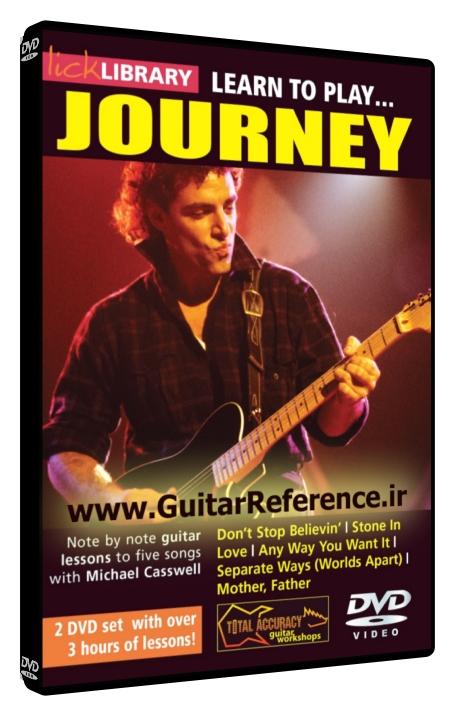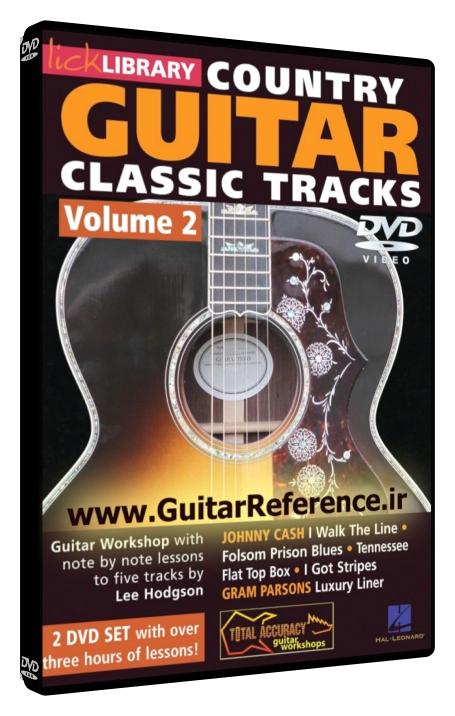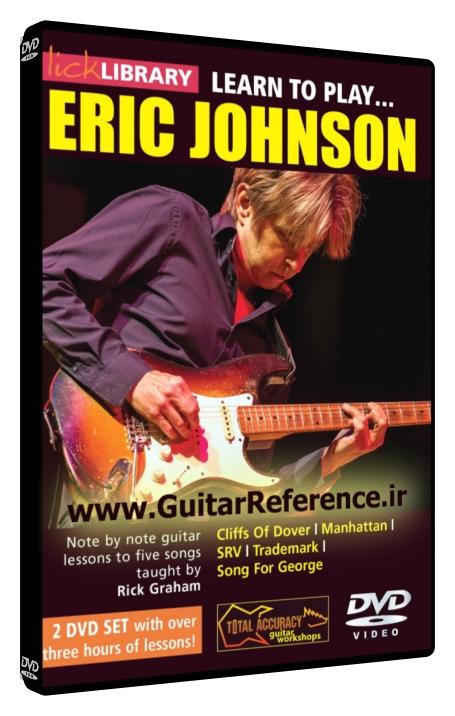Learn to Play Chuck Berry Volume 2
by Lee Hodgson
Product Size: 3.12 GB [WEBRIP]
32.49 $ 3.99 $
Description
Guitar Lesson Course Overview
“Learn To Play Chuck Berry Volume 2” is an in-depth exploration into the guitar style of one of rock ‘n’ roll’s founding fathers, Chuck Berry. Known for his energetic performances, distinctive guitar sounds, and development of the rock ‘n’ roll guitar solo, Berry’s techniques are pivotal for guitarists across genres. This instructional module by Lee Hodgson not only breaks down the complexities of Berry’s style but also pays homage to the musical legend that has inspired generations of musicians.
Tracks Include
• Thirty Days (To Come Back Home)
• Around and Around
• Sweet Little Rock and Roller
• School Days
• Route 66
Thirty Days (To Come Back Home)
“Thirty Days,” one of Berry’s early hits, showcases his mastery in creating a perfect blend of blues and rock ‘n’ roll. The song primarily employs the E major scale, with Berry bringing in his signature double-stops for that full, vibrant sound. The solo analysis reveals Berry’s use of the E pentatonic scale, incorporating quick slides and string bending to express the song’s sense of urgency. This tutorial breaks down these elements, enabling learners to understand and replicate the energy and rhythm that Berry commands.
Around and Around
“Around and Around” is classic Berry, featuring an iconic, rhythmic guitar riff that immediately hooks the listener. The song is played in the key of A, and the guitar part is a brilliant demonstration of Berry’s integration of the blues scale with a rock ‘n’ roll context. The tutorial dissects the iconic opening riff and the subsequent chord progressions, providing insight into Berry’s ability to use basic chords innovatively. Furthermore, the solo section is a must-learn for aspiring rock guitarists, as it encapsulates essential techniques like rapid alternate picking and emotive vibrato.
Sweet Little Rock and Roller
“Sweet Little Rock and Roller” dives into the world of rockabilly, a genre that heavily influenced Berry’s style. This track, performed in the key of C, is particularly noteworthy for its lively, bouncing rhythm and extensive use of the pentatonic scale. The song’s breakdown emphasizes the importance of rhythmic strumming and the incorporation of double-stops in the melody lines. The solo is a valuable study in how to utilize the full tonal range of the guitar while maintaining a consistent rhythmic pulse.
School Days
“School Days” presents a storytelling narrative set to a rock ‘n’ roll beat, a Berry trademark. The song is in the key of D major and is a great example of how Berry uses chord-based licks to drive a song forward. The breakdown of this song in the tutorial highlights the use of open-string riffs and quick shifts between chords. The solo section, while brief, is impactful, with its use of string bending and rapid-fire alternate picking.
Route 66
Although “Route 66” is a standard covered by many artists, Berry’s rendition is infused with his unique style and flair. Played in the key of E, this song allows guitarists to explore a more laid-back side of Berry’s playing while still incorporating his signature techniques. The lesson focuses on the song’s smooth groove and the nuances of accenting certain beats to maintain that groove. The solo, while more restrained, is a lesson in musicality, demonstrating how a few well-placed notes can have a significant impact.
Lead Guitarist’s Contribution
Chuck Berry was not just a songwriter and performer; he was a pioneer who redefined the role of the guitar in popular music. His contributions as a lead guitarist were multifaceted. He had an exceptional ability to craft riffs that would become the songs’ centerpieces, effectively transforming the guitar from a mere accompaniment instrument to a dominant force within a band’s sound.
His solos, often imitated but never duplicated, were a blend of blues scales, sharp accents, and rhythmic innovations. They weren’t always overly complex or fast, but they were always memorable, serving the song perfectly. Berry’s performances were a crucial part of his identity, often playing his Gibson ES-350T or ES-355, showcasing his showmanship, including his famous “duck walk,” which became a significant part of rock ‘n’ roll imagery.
Berry’s playing style, full of double-stops, quick string bends, and his unique approach to the rhythm guitar, has become fundamental learning for any rock guitarist. This course offers detailed insights and practical lessons to help players of all levels understand and incorporate these foundational techniques into their playing.
Techniques Utilized in Chuck Berry Volume 2
Vibrato / Alternate Picking / Double-Stops / Slides / String Bending / Chord Progressions / Open-String Riffs / Syncopated Rhythms
